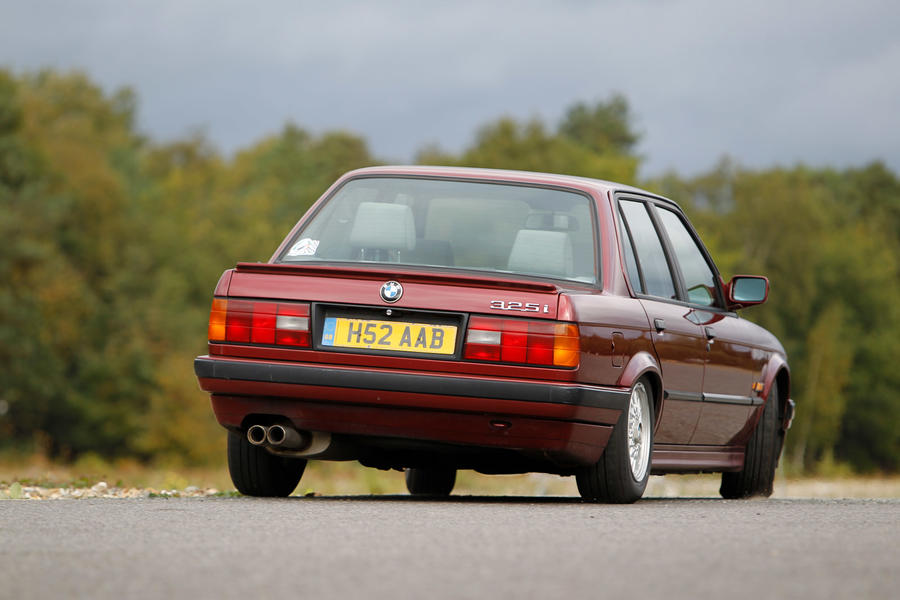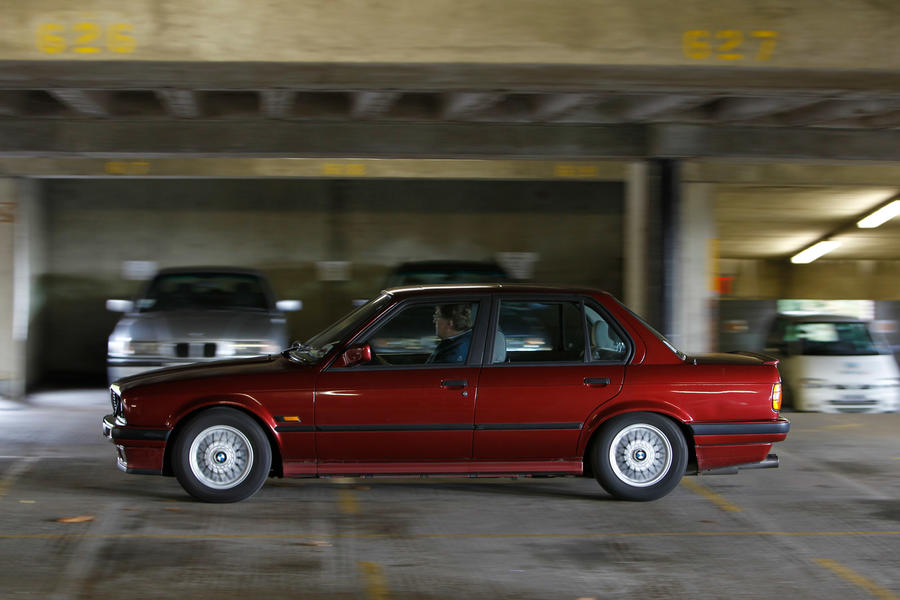Timing is everything, they say, and the 1982 UK launch timing of BMW’s E30-generation 3 Series was spot on. Princess Diana’s wedding the year before had given spirits a boost and, in a couple of years, enough lucky people would begin to feel richer, thanks to rising wages and house prices and a booming stock market. The classy, good-to-drive E30 captured the mood perfectly and, thanks to its wide choice of bodystyles (two- and four-door saloons, convertible and Touring estate), engines (four- and six-cylinder) and transmissions and decent level of equipment, it quickly became the motor of choice for a generation of pushy drivers.
Fast-forward almost 40 years and those same people, although now less pushy, are helping to rekindle interest in the E30, with the result that good ones now cost almost as much as they did when new and, in some cases, much more. You want an E30 M3, not covered in this guide? Depending on its condition and provenance, it will be between £40,000 and £190,000.
Click here to buy your next used car from Autocar
Fortunately, prices for less exotic but sound E30s start at about £5000, rising to around £12,000 for something like a low-mileage 1989- reg 325i Touring auto. Alternatively, you can get involved for £2500, about right for a tatty runner with rust, a patchy service history, a creaky cabin and malfunctioning electricals. Sounds bad, doesn’t it, except that, if you’re lucky, you might land something like our ‘One we found’ example, an honest motor with flaws but, at heart, as solid as a rock.

The E30 was a big improvement on its predecessor, the E21 (1975-1982), with more secure rear-drive handling, a much-improved driving position and higher levels of smoothness and refinement. However, despite its superior engineering and construction, it rusted just as badly. The 1987 update brought improved protection in this respect.























Join the debate
Add your comment
Funny how staid these look now. I used to love that era of BMW - my first car was a 525 - but now they don't look so sharp. I saw a 2000 Corolla sedan last night, on big rims with a dark tint, and it looked better resolved than an E30 to my eyes. A Corolla sedan!